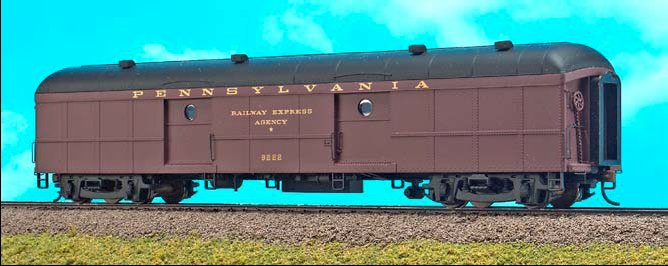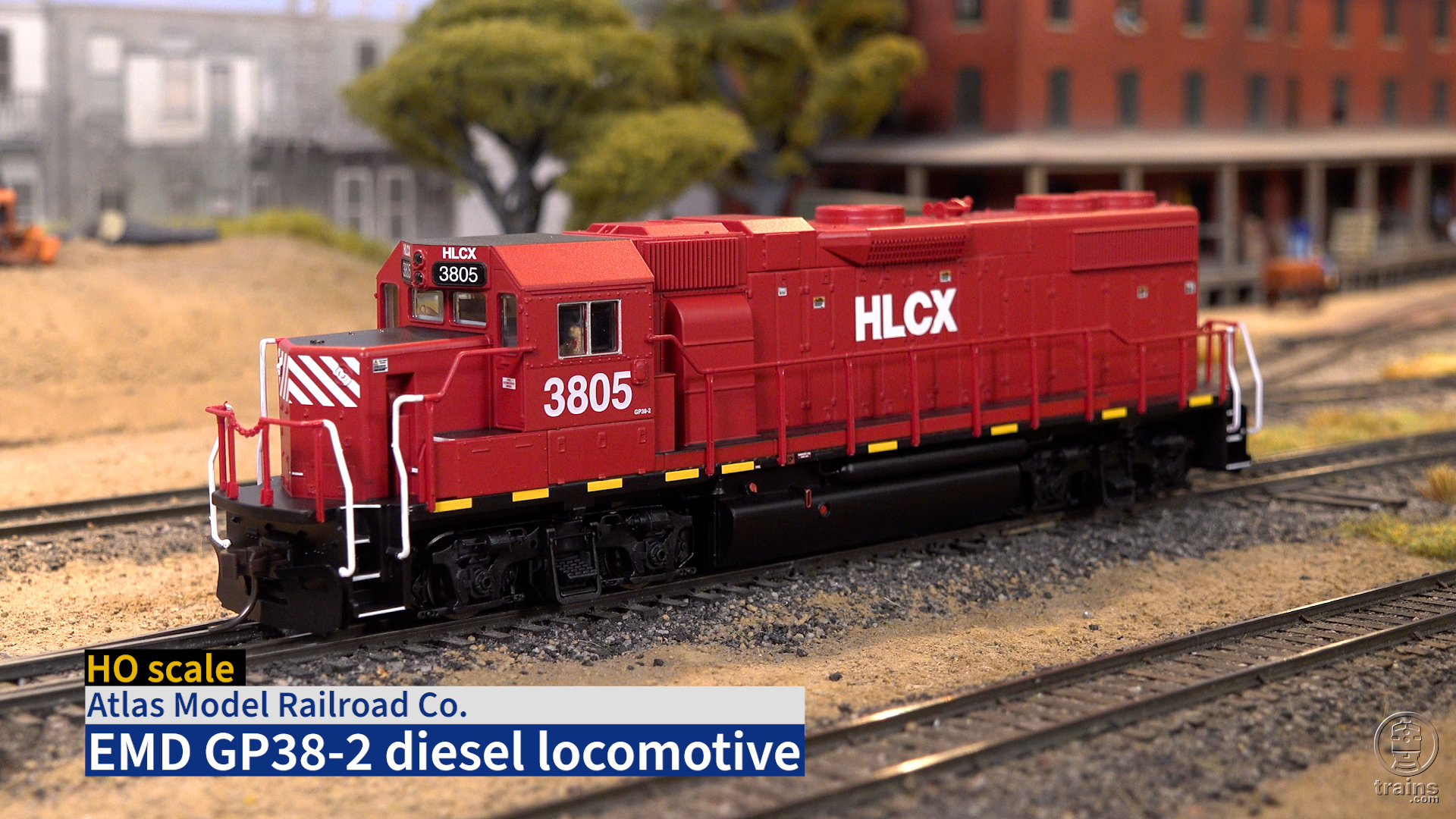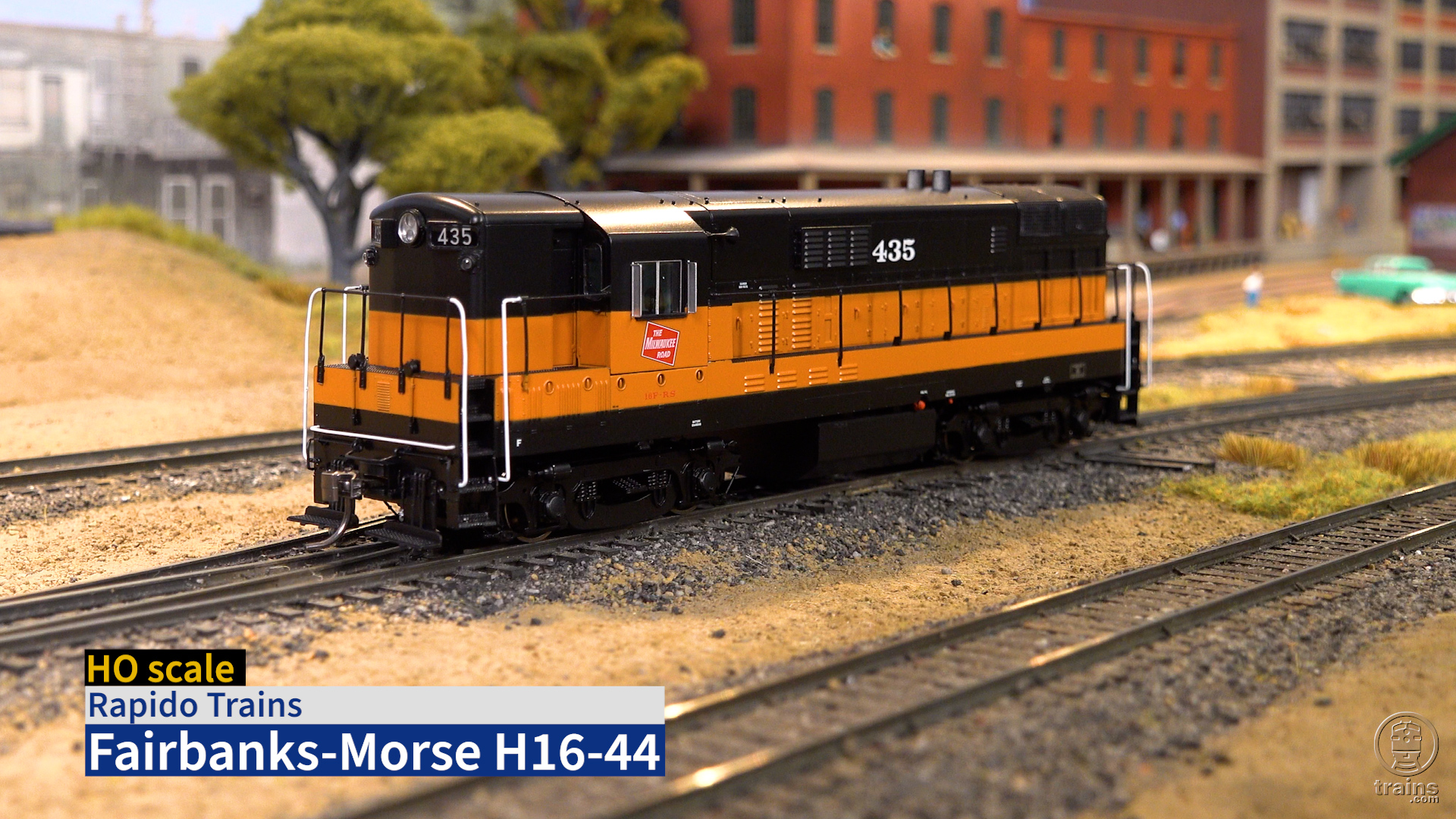The B60bs came from four builders: American Car & Foundry, J.G. Brill Co., Pressed Steel Car Co., and St. Louis Car Co. Originally they had paneled wooden doors with paired rectangular windows. During the late 1930s or early 1940s, most if not all were given steel doors with single porthole windows. They proved to be sturdy and durable cars, lasting into the 1960s in passenger-train service.
Unlike some other Walthers passenger-train cars, this one has a one-piece body with a roof that’s snapped in place. The roof is easy to remove by slipping a thin model knife blade between the roof and end and twisting gently.
The particular version shown here represents one of 200 B60bs equipped for express messenger service, carrying an onboard Railway Express Agency messenger or train baggage man. The required lockers, desk, safe, and lavatory are modeled inside the car, even though they are practically invisible when the roof is in place.
The diaphragms are one-piece plastic moldings with integral springs. They are springier andmore flexible than Walthers diaphragms that use metal springs inside the carbody, but they are set a little too far inside the pulling faces of the couplers to contact the diaphragms of even another B60b.
Once the spacing was correct I applied cyanoacrylate adhesive sparingly to the joints between the wheels and axle. The underbody includes the center sill, crossbearers, and bodybolsters, and all the major components of the heating, electrical, and air brake systems. The model lacks any free-standing piping or brake rigging and has no uncoupling levers, air hoses, or train steamline connections.
Walthers is offering five other PRR versions with lettering that ranges from pre-World War II to the 1960s. All versions come without car numbers but include matching number decals so purchasers may have multiple cars with individual numbers.
I painted the grabs and handrails flat black to conform to PRR practice, and I painted the sill steps black. I painted the shiny metal wheels too, using an oily black on the wheel faces and a rust color on the insides and axles. Painting shiny wheels does a lot to improve a car’s realism to my eye.














